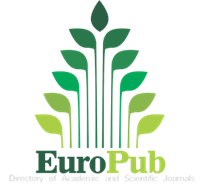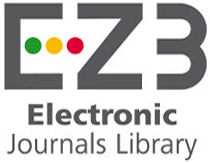Abstract
Background: Atypical mycobacterium infection occurs under certain skin conditions, namely the disruption of skin integrity and mucous membranes accompanied by the reduction of cellular immunity. However, atypical mycobacterial infection in elderly patients is rarely reported.
Case: A 64 years old male patient, complained of red lumps on the upper-backfor a month, accompanied by mild fever and minimal pain. Three months before, the patient had accupuncture on the neck and upper back. Physical examination showed multiple miliar to lenticular sized papules and pustules on an erythematous-violaceus base with hard and immobile palpable nodes and infiltrate. After clinical and laboratory workup, the patient was diagnosed withcarbuncle with Candida spp colonization. The treatment consisted of systemicantibiotics and topical antifungals. There was no clinical improvement after 3 weeks. Histopathology and laboratory results suggested atypical mycobacterium infection.
Discussion: Atypical mycobacterium infection should be considered in elderly patients with skin and soft tissue infections that show no clinical improvement tostandard therapy.
References
1. Tappeiner G. Tuberculosis and infection with atypical mycobacteria. In: Wolff K,Katz SI, Gilchrest BA, Paller AS, Leffell DJ, ed. Fitzpatric's dermatology in general medicine. 7th ed. New York: Mc Graw Hill; 2007:1768-78.
2. Katoch V. Infection due to non-tuberculous mycobacteria (NTM). Indian J Med Res. 2004;120:290-304.
3. Schluger NW. Tuberculosis and nontuberculosis mycobacterial infection in older adults. Clin Chest Med. 2007;28:773-81.
4.Prignano F, Fabroni C, Lotti T. Atypical mycobacteria. In: John C. Hall BJH, ed. Skin infection: Cambridge University Press; 2009:88-91.
5. Ferringer T, Pride H, Tyler W. Body piercing complicated by atypical mycobacterial infections. Pediatr Dermatol. 2008;25:219-22.
Recommended Citation
Barros, Terlinda; Legiawati, Lili; Yusharyahya, Shannaz Nadia; Sularsito, Sri Adi; and Wihadi, Imelda
(2015)
"Atypical mycobacterial infection mimicking carbuncle in an elderly patient: A case report,"
Journal of General - Procedural Dermatology and Venereology Indonesia: Vol. 1:
Iss.
1, Article 6.
DOI: 10.19100/jdvi.v1i1.7
Available at:
https://scholarhub.ui.ac.id/jdvi/vol1/iss1/6






























